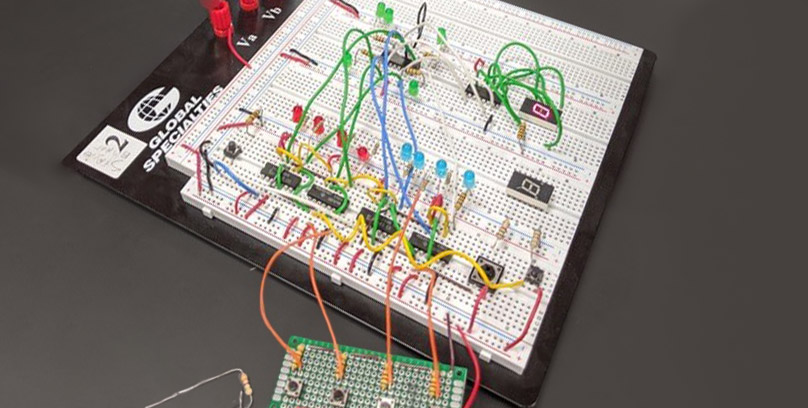
Transfer Pathways
Sound Foundations and Seamless Transitions
Engineering Transfer Pathways Help Students Explore Passions & Achieve Ongoing Success
After earning a business degree and working for several years in different areas of IT and client services, I realized that I wanted to pursue a more fulfilling and engaging career – one that allowed me to focus on the things I was truly passionate about. I knew I wanted to work in a role that promotes and protects the environment, and I ultimately decided to go into renewable energy engineering – one of many STEM fields where there aren’t many women.
Breaking these barriers in STEM and pursuing my passion for environmental work meant I needed to first go back to school to earn a degree in mechanical engineering. In order to balance my academic and professional goals, I needed to enter a program that was flexible, competitive, and supportive of my ongoing education goals. I found all of this and more in Bunker Hill Community College’s (BHCC) Engineering Transfer Program.
Fundamental Education with a Focus on Your Future
When the school’s engineering options were introduced back in 2007 by Dr. JoDe Lavine, BHCC’s Interim Assistant Dean of Science, Engineering & Math, the program initially launched with a single degree track and less than a dozen students. Today, there are hundreds of students, both local and international, enrolled in BHCC’s three distinct and comprehensive engineering transfer pathways:
The engineering programs at BHCC are all carefully structured and purposefully designed to promote transfer and support student success. These pathways ensure that students hone in on their fundamental knowledge and skillsets while simultaneously allowing them to explore their individual interests and specialized fields of choice.
All engineering transfer tracks incorporate the same fundamental coursework, general education requirements and extensive math and physics skillsets. This core knowledge is integral for success in all engineering disciplines, from mechanical and civil engineering to biomedical technology and renewable energy solutions. In addition to this immersive and comprehensive focus on the fundamentals, students are able to shift their coursework toward more specified areas of focus near their third semester, allowing them ample time to explore their individual passions while gaining invaluable insight into their prospective careers.
Students also benefit from the experience of local engineering professionals as they network and connect with leading industry experts through workshops, speaking events, and internship opportunities – all of which are incorporated into their coursework. My research experience, via an REU, lead to my initial connection with UMass Amherst, and played a large role in my decision to continue pursuing my education there once I completed my transfer program at BHCC.
“The engineering programs at BHCC are all carefully structured and purposefully designed to promote transfer and support student success.” -Bridget Benner
A Dedicated Support Network
One of the most influential aspects of my time at BHCC was the community and camaraderie I found with my fellow students and my professors. I was initially nervous to return to school years after completing my degree in business and to enter a field that was so drastically different. But, I immediately found that the learning environment and on-campus STEM community was nurturing, engaging, and inclusive. I also appreciated that my classes were smaller in size, which meant I not only got to know my classmates during our coursework and in our study groups, but I also had plenty of opportunities to connect with my professors both in and outside of the classroom.
Without exception, my instructors always made time for me during office hours and beyond. They also worked closely with me as I coordinated my transfer to UMass Amherst, and made it a point to have intentional conversations with me about what I wanted, where I was going, and how they could help me succeed. Their guidance helped make my transfer process feel seamless and empowered me to ensure that all my credits and experiences were being directly applied to my degree programs at UMass.
I never doubted that they were there to help me in any way they could, and their support didn’t stop even after I transferred. In fact, Professor Lavine was the one who wrote the recommendation letter for my Graduate Research Fellowship with the National Science Foundation.
“As I coordinated my transfer from BHCC to UMass Amherst, my professors made it a point to have intentional conversations with me about what I wanted, where I was going, and how they could help me succeed.”
This type of student/professor relationship is unparalleled at larger schools. As a transfer student, the support I received from my professors at BHCC made an undeniable impact on my education during my time there and continues to influence my academic and professional life to this day.

